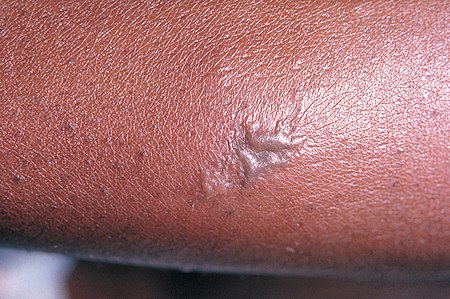Sexually transmitted diseases like gonorrhea can be caught and passed on by anyone who is sexually active, no matter what age or gender they are. Every year, there are about 1.14 million new cases of gonorrhea in the US, and half of these are in people between the ages of 15 and 24. This is why you should get tested often and also take steps to protect yourself.
Often, especially in women, gonorrhea doesn’t cause any symptoms until it has done a lot of damage to your body. It also makes it easy for your partners to get sick without knowing it. If a woman is pregnant and has gonorrhea, the infection can be passed to the baby before or during delivery. In this article, I’ll tell you about some signs of gonorrhea that the Cleveland Clinic says you might have.
1. Symptoms of gonorrhea in women
Most of the time, gonorrhea doesn’t cause any symptoms in people who were given female names at birth or who have a vagina. Because of this, it’s important to get tested often. If there are symptoms, they will be;
1. White or yellowish vaginal discharge that doesn’t happen often.
2. You feel pain or burning when you urinate (also called dysuria)
3. Pains in the pelvis or lower abdomen (belly)
4. You might bleed between your periods.
2. Symptoms of gonorrhea in men
Unlike women, men usually show signs of gonorrhea after being exposed to the infection for a few weeks. Some of the signs are;
1. Urinating hurts a lot or burns when you do it
2. Seeing white or yellow fluid coming out of the penis
3. Swelling and pain in the testicles
There can also be symptoms like an itchy, scratchy, or sore throat, pains in the anus, and discharge from the anus. Both men and women can have these symptoms.
 Home Of Ghana News Ghana News, Entertainment And More
Home Of Ghana News Ghana News, Entertainment And More




